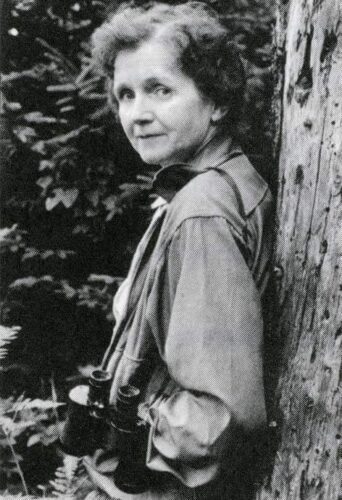Most of the animals have a network of very fine filamentous or threadlike structures which exchanges information. These structures are called as nerves.
Nervous and muscular tissues control and coordinate activities in animals. All the nerves of a body together with the brain and the spinal cord constitute nervous system in animals.
A nerve cell or the Neuron is the structural and Functional unit of a Nervous System. A neuron which is also spelt as a neurone (or nerve cell) is an electrically excitable cell that processes and transmits information through electrical and chemical signals.
Structure of a Nerve Cell (Neuron)
Neuron is a bigger cell of the human body. It is composed of following main parts –Dendrites, Cyton, and Axon.
(i). Dendrites: These are hollow and ciliated structures that are often branched profusely.
These are attached to Cyton or the cell body through Dendrons.
These structures receive physical, chemical or electrical impulses and transmit them to the Cyton.
What is an impulse?
An impulse is a disturbance which is caused due to any environmental or internal event in an organ. In other words – A Nerve Impulse is the way nerve cells or neurons communicate with one another. These are mostly the electrical signals along the dendrites.
Nerve impulses are caused due to some internal or external things or events called as stimuli (singular- Stimulus).
(ii). Cyton: It is a star shaped structure found in a neuron which contains a nucleus.
Cyton contains cytoplasm filled around the nucleus. A number of Dendrons come out from the Cyton and each Dendron terminates into numerous dendrites.
Cyton develops nerve impulses into signals and transmits them forward.
(iii). Axon: Itis the longest part of a neuron which receives signals from the Cyton and forwards these signals up to their end portion.
Axon is covered with a layer of lipoprotein. This cover is called as myelin sheath. Axon becomes constricted at a point which is called as Ranvier’s Node.
In fact, these are gaps formed between the myelin sheaths generated by different cells. Not all the neurons have myelin sheaths on them. However the neurons containing myelin sheaths conduct impulses faster.
Types of Neurons
Neurons have been functionally and structurally classified as below –
(i). Sensory Neurons or Pseudo-Unipolar Neurons: These neuronsreceive sensory signals from sensory organs and send them via short axons to the central nervous system. The dendrites of these cells remain connected to receptor organs.
RECEPTERS
In animals activities are controlled and coordinated by nervous and muscular tissues.
Tips of specialized nerves called as sensory neurons detect the information from our environment. These tips are called as receptors.
Receptors are located in our sense organs such as inner ear, nose, tongue etc. The receptors that detect taste are called as gustatory receptors and receptors that detect smell are called as olfactory receptors.
(ii). Motor Neurons or Multipolar Neurons: These neurons conduct motor commands from the cortex to the spinal cord or from the spinal cord to the muscles.
(iii). Interneurons or Bipolar Neurons: These neurons interconnect various neurons within the brain or the spinal cord. Thus these cells are found in the Central Nervous System (CNS). An Interneuron has a single axon and many dendrites that join the sensory neuron to the motor neuron.





the basic difference between plant and animal cells is that plant cells are rectangular in shape while animal cells are oval